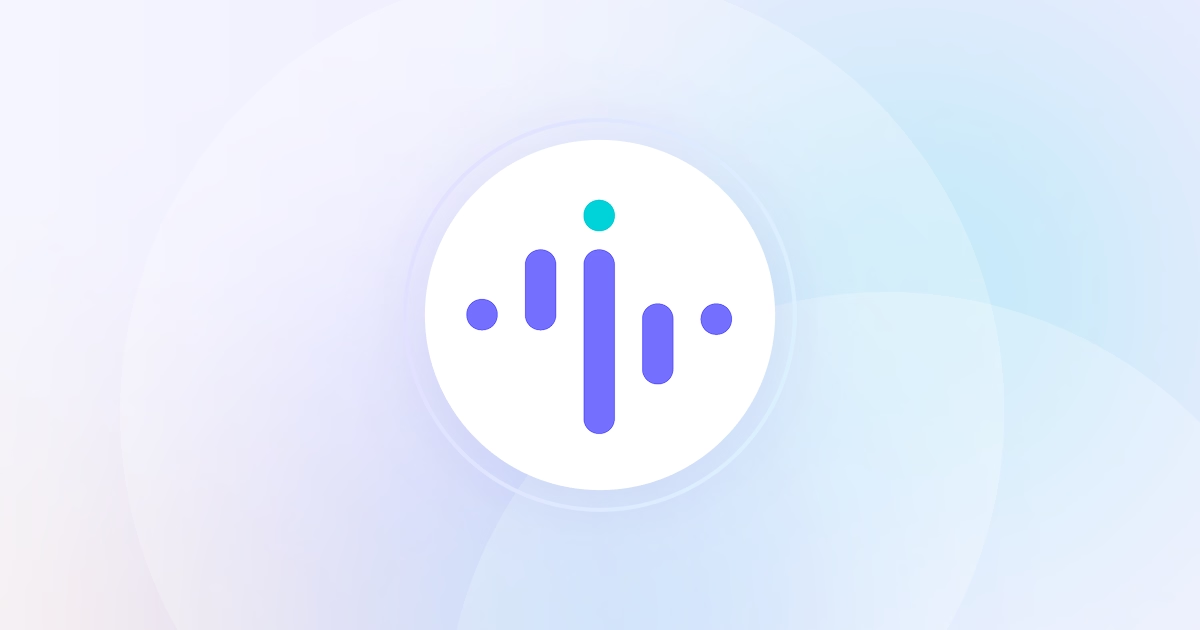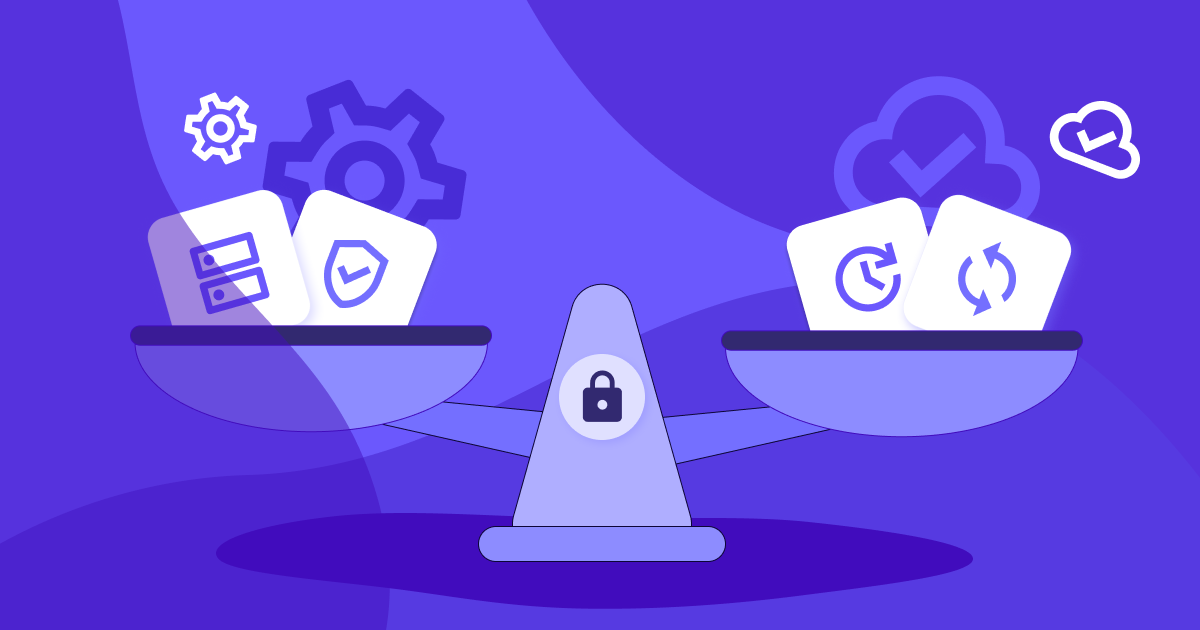How Can BPOs Balance Workforce Visibility with Employee Privacy?


In this article, we’re going to discuss…
- Why too much visibility can backfire—and how to avoid crossing that line.
- The operational risks of poor transparency in BPO teams, from SLA slips to client churn.
- How to build trust while still tracking performance across shifts, roles, and regions.
- The staff tracking tools that let you monitor productivity without micromanaging or invading privacy.
When visibility drops, performance slips—but too much oversight can backfire. In BPOs, where client SLAs and remote operations intersect, teams need tools that show how work gets done without crossing privacy lines.
The goal isn’t surveillance but clarity.
In this article, we’re going to answer the most common questions about balancing workforce visibility and employee privacy in high-performance BPO environments. You’ll learn how to use the right tools to track productivity, enforce hybrid policies, and support compliance, without micromanaging or losing trust.
Why Visibility vs. Privacy Is a Real Tradeoff in BPOs
In business process outsourcing, visibility is essential, but it’s rarely neutral. Operational leaders need real-time insight to prove SLA compliance, manage global shifts, and detect performance issues early. At the same time, overly aggressive tracking can erode trust, trigger attrition, or violate regulations.
According to Gartner, 96% of BPO leaders say they need more transparency into distributed teams, but 41% also report employee pushback on monitoring tools. Meanwhile, research from Accenture shows that high-trust cultures outperform peers by 42% in productivity and retention. Visibility gaps threaten client contracts; over-monitoring creates morale risk.
The challenge isn’t whether to monitor—it’s how to do it without crossing lines. Solving this means choosing tools intentionally, applying policy guardrails, and building systems that support both accountability and autonomy.
FAQ: Balancing Workforce Visibility & Privacy in BPOs
Below are the most pressing, high-intent questions BPO leaders ask when trying to implement smart visibility without compromising employee trust.
These FAQs cover everything from productivity tracking and policy enforcement to hybrid work models and ethical tool usage, all written for teams managing performance at scale.
How can I track productivity without invading employee privacy?
You can track productivity by measuring workflows, not individuals.
Productivity monitoring software like Insightful allows BPOs to monitor time spent in apps, label tools as productive or unproductive, and track focus without recording personal content. For example, you can configure the tool to exclude platforms like email or HR systems from tracking, while logging time in Salesforce or Aircall, giving you clear productivity data without capturing sensitive information.
How do I explain productivity monitoring tools to my team without causing pushback?
Be transparent, specific, and benefit-oriented.
Frame monitoring as a way to support better workloads, coaching, and recognition, not control. For example, explain how your computer tracking software shows when teams are overloaded or underused, helping you rebalance tasks and protect focus time.
When employees understand what’s being tracked and why, they’re more likely to support the process and even use the data themselves.
Can I customize what gets tracked based on team or role?
Yes—customization is essential for both accuracy and fairness.
Top employee monitoring software like Insightful lets you tailor tracking by department, shift, or device type. For example, you might enable app usage tracking for sales agents but disable screenshots entirely for HR or leadership roles.
This ensures you're capturing the right data for operational needs without applying one-size-fits-all policies across the board.
How do I enforce hybrid work policies without micromanaging?
Use location-based tracking to automate policy visibility.
Remote workforce monitoring software like Insightful lets you define “in-office” by IP address or Wi-Fi and shows whether employees are following required in-office days. For example, you can set rules for Tues/Thurs presence and flag missed days automatically—no need to chase status updates or rely on self-reporting. This keeps compliance clear without constant oversight.
What metrics show visibility is working without over-monitoring?
Look for signs that visibility is improving outcomes, not just activity logs.
Metrics like increased focus time, fewer idle spikes, and faster task turnaround suggest visibility is enabling, not pressuring, your team. For example, users of tools like Insightful often identify and reduce low-value meetings, then track productivity gains in the following weeks. These kinds of patterns prove your monitoring setup is driving performance without triggering overreach.
What are the privacy risks of monitoring software, and how can I avoid them?
The biggest risks include overcollection, unclear consent, and data misuse.
To avoid them, choose tools with granular controls and compliance features. Tools like Insightful, for example, lets you disable screenshots, anonymize activity data, and exclude sensitive apps, helping teams meet HIPAA, SOC 2, or GDPR requirements. Set clear internal policies and audit usage regularly to ensure your setup stays aligned with privacy expectations.
How do I know if my team feels over-monitored?
Watch for subtle shifts in engagement and behavior.
If you see rising attrition, reduced collaboration, or tool avoidance, your visibility setup may be too rigid. Tools like Insightful allow employees to access their own productivity data, which helps normalize monitoring and build ownership. Pair this with regular feedback loops to keep trust intact and adjust settings if friction emerges.
Can I prove value to clients without compromising agent privacy?
Yes—use reporting tools that share outcomes, not surveillance.
Tools like Insightful offer client-ready dashboards that summarize team-level productivity, shift adherence, and QA coverage without exposing individual screens or personal activity. For example, you can show total productive hours and SLA alignment by project, enough to build client confidence without breaching employee privacy or morale.
How can I monitor shift-based teams across time zones without overstepping?
Use tools designed for asynchronous visibility, not real-time control.
Insightful’s work-from-home monitoring software offers 48-hour timeline views and shift-aware filters that show activity trends across global schedules, without requiring constant oversight. For example, you can review productivity patterns across night shifts or offshore teams without logging in live, making it easier to spot issues without disrupting trust or autonomy.
Can visibility tools actually reduce burnout, or do they make it worse?
They can reduce burnout—if used to rebalance workloads, not just report them.
Tools like Insightful track idle time, overtime trends, and workload spikes, helping managers spot early signs of overextension. For example, if a support team logs consistent after-hours activity, you can redistribute shifts or adjust SLAs. Used well, visibility highlights unsustainable patterns before they lead to attrition.
How do I align monitoring with labor laws across different countries?
Use tools that offer flexible settings, and consult legal early.
Tools like Insightful include features to support GDPR, HIPAA, and SOC 2 compliance, like anonymized data, excluded app lists, and screenshot opt-outs. You can configure policies by country or role, ensuring local standards are met. Pair this with clear consent processes and internal documentation to stay ahead of legal exposure.
How do I separate low productivity from bad process design?
Look for consistent friction points across high-performing and low-performing agents.
App usage and focus-time data from tools like Insightful can reveal when teams are stuck in unproductive workflows, like toggling between too many tools or waiting on approvals. If top agents show the same bottlenecks, it’s likely a process issue, not a people one. Use that data to fix the system, not just coach the people.
How does Insightful balance visibility & employee privacy?
Insightful helps BPOs get the clarity they need, without overstepping. You can track productivity by team, shift, or role, using time data, app usage, and focus trends to guide coaching and planning. At the same time, you control what’s tracked, exclude sensitive tools, and avoid intrusive features like screenshots or keylogging.
SupportZebra used Insightful to manage over 600 global agents, tracking productivity in real time while respecting employee privacy. They pinpointed workflow gaps, rebalanced workloads, and improved output, without triggering resistance or trust issues. That’s visibility done right.
What You Can Do Next
Track focus, enforce hybrid policies, and rebalance workloads smarter with tools that respect your team.
Sign up for a 7-day risk-free trial or book a demo.

.jpg)
.jpg)
